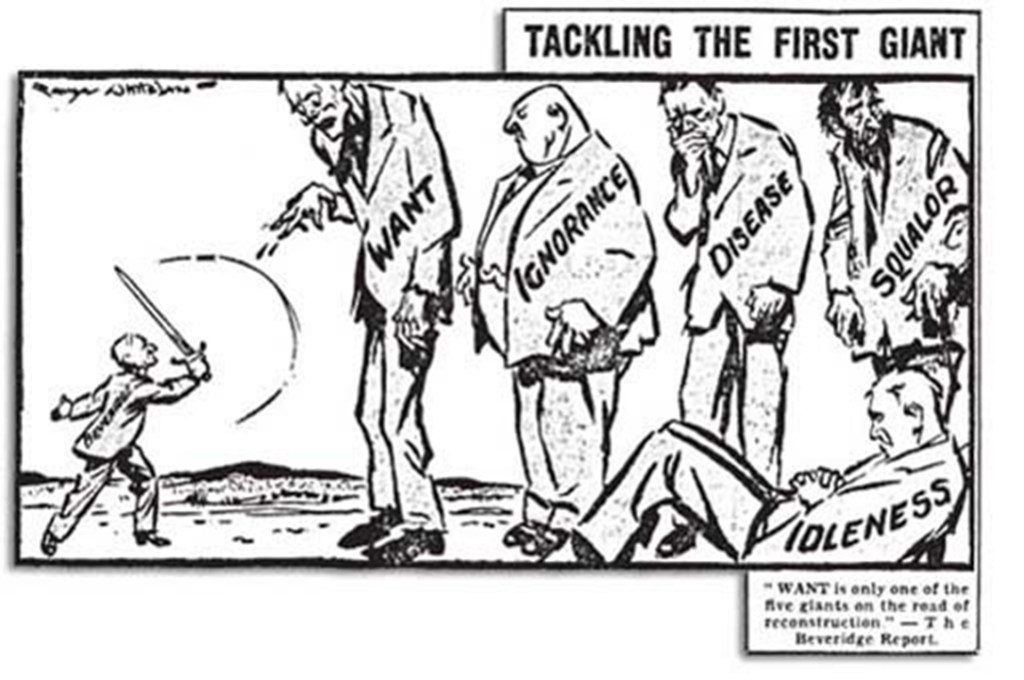The Second Pandemic

The news that the Trump Administration wanted to hide has finally arrived: in addition to facing a literal pandemic in Covid-19, we are now also facing a pandemic of unemployment.
The release of preliminary Unemployment Insurance claims rightfully sent a chill through the halls of power today, both because of what it suggests about the size and scope of the coming economic downturn, but also because, to meet this crisis, the United States is in no small part relying on an Unemployment Insurance system that hasn’t been fit for purpose for some time…although this may be about to change.
An Automatic Stabilizer That Doesn’t
One of the ironies about writing this now is that I wrote a report about how the Unemployment Insurance system was broken a literal decade ago, and pretty much all of my critiques then apply today.
As I teach my students, UI was one of the kludgiest aspects of the Social Security Act of 1935, driven as much by the need to get around a hostile Supreme Court as any consideration of good policy design. Ever since then, the program has been hobbled by its joint federal-state structure, when everything about states from an economic policy standpoint (their constitutionally-mandated pro-cyclicality, their beggar-thy-neighbor approach to business regulation and taxation, the list goes on) makes them a terrible partner for a social insurance program that’s designed to expand massively in size and cost at a time when revenues decline dramatically.
Thus, for several decades, the United States has been in a position that’s quite unusual in the rest of the developed world: less than half of our workforce receives U.I (either because they aren’t eligible, or have been made to believe that they aren’t) and the half that does receive U.I gets an average benefit that can barely keep one person out of poverty – let alone a family of four.
To their credit, the Obama Administration did try to change this, by offering $7 billion to states that “adopted “Alternate Base Periods” that allow workers to claim eligibility for UI by counting their most recent earnings as opposed to the previous year’s earnings, and agreed to cover part-time workers who are looking for full-time work and workers who leave work due to family emergencies.” Here again, federalism did its nasty work, with thirty-eight out of fifty states making these really modest changes (although how many of those changes stuck given the wave of GOP takeovers at the state level…) and twelve refusing to.
Pandemic Unemployment Assistance
This brings us to the stimulus bill’s Unemployment Insurance provisions. While there are many reasons to criticize the CARES Act, its U.I provisions are not among them, because this bill provides for nothing less than a revolution in U.I, both in terms of eligibility and benefit levels.
To start with eligibility, the bill truly casts a wide net, taking in not only the traditionally-employed who’ve always been the main constituency of U.I, but also the underemployed and part-time workers, “freelancers, furloughed workers, and independent contractors.” It does this both by expanding loopholes in the base U.I program that were previously established for natural disasters and through the creation of a new “Pandemic Unemployment Assistance” program that ensures that workers who wouldn’t qualify even under the loosened state standards.
Speaking of benefits, one of the most noteworthy aspects of the bill is that the Pandemic Unemployment Assistance program acts as a national federal benefit, providing “a weekly payment equal to one-half of the state average unemployment benefit plus $600,” which workers will receive either on top of or in lieu of state benefits. Given that the state average benefit worked out to $385 a week, Pandemic Unemployment Assistance would double benefit levels, meaning that Unemployment Insurance would go from replacing about 40% of one’s former income to about 85%.
In other words, it took a pandemic to transform Unemployment Insurance into an actual automatic stabilizer, the kind enjoyed by the rest of the developed world. Once the four months is over, once the $260 billion in Federal subsidy has been spent, more work will need to be done to turn this temporary emergency program into the new permanent way of doing things.


